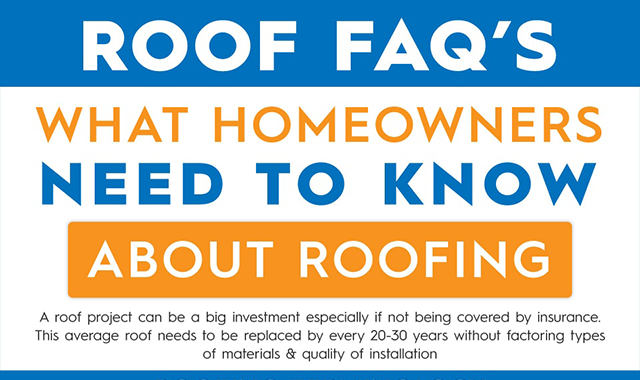It is essential to keep the remaining roof and your belongings free from weather to keep your roof in good working order. Homeowners need to understand how their roof tightens their domestic water and the types of damage to keep their investments intact. This article and infographic gives you an opportunity to begin to understand your roof and to look at possible replacement materials when the time comes.
Let's start with the design of your roof. The rafters form your roof's basic structure, acting as a skeleton for the rest of the roof. Over the rafters are spread a sheathing placed over the surface of the roof. The felt bottom is mounted on the sheathing to stop moisture from being placed between the sheathing and the external roofing material. Guttering and sparklinging help bring water to the surface so it does not sit and ruin the roof. At the end of the rafter, Fascia and Soffit enclose the gaps below the eaves of your roof to keep animals and birds out of the awning and protect the awning.
The choices for external roofing are almost infinite. When you intend to replace the roof in the near future, please be aware that more expensive roofing items entail long-term investment and are a few decades long, whereas low-cost materials may have to be replaced within about ten years. Clay, tile, metal roofing and wood shake are ideal alternatives for all who are in search of good long-term quality. Slate is also the longest-lived, although the most costly roofing choice.
infographic by: fortcollinsroofingcompany.com


